"Aztalan -- Aztalan State Park." Forgotten USA: Haunts > Browsing Wisconsin. Retrieved October 20, 2014.
- Available at: http://www.forgottenusa.com/haunts/WI/12461/Aztalan%20State%20park/
"Aztalan State Park." America's State Parks: Find A Park > Wisconsin State Parks. Retrieved October 20, 2014.
- Available at: http://www.americasstateparks.org/Wisconsin/park/Aztalan-State-Park/437
"Aztalan State Park." StateParks.com: Wisconsin > Southern Gateways Region. Retrieved October 20, 2014.
- Available at: http://www.stateparks.com/aztalan.html
"Aztalan State Park." TravelWisconsin.com: Things to Do > Outdoor Fun > Natural Attractions and Parks > State Parks & Forests. Retrieved October 20, 2014.
- Available at: http://www.americasstateparks.org/Wisconsin/park/Aztalan-State-Park/437
"Aztalan State Park." The Visitor Center. Retrieved October 20, 2014.
- Available at: http://www.the-visitor-center.com/pages/aztalan-state-park/index.htm
"Aztalan State Park." Wisconsin Department of Natural Resources: Topics > Parks > Wisconsin State Park System. Madison, WI. Retrieved October 20, 2014.
- Available at: http://dnr.wi.gov/topic/parks/name/aztalan/
"Aztalan, Wisconsin's Hidden Treasure." Winter 1998. Mysterious World. Retrieved October 20, 2014.
- Available at: http://mysteriousworld.com/Journal/1998/Winter/Aztalan/
Baerreis, D.A.; and Freeman, J.E. 1958. "Late Woodland Pottery in Wisconsin as Seen from Aztalan." Wisconsin Archeologist 39(1):35-61.
Baerreis, David A.; and Maher, Robert A. March 1958. "The Aztalan Lithic Complex." The Wisconsin Archaeologist 39(1):5-26.
Barrett, Samuel Alfred. 1933. “Ancient Aztalan.” Bulletin of the Public Museum of the City of Milwaukee 13. Milwaukee, WI: Published by Order of the Board of Trustees.
Barrett, Samuel A. 1932. "Recent Excavations at Aztalan." The Wisconsin Archaeologist 12(3):74-80.
- Available via Internet Archive at: http://www.archive.org/stream/archeolwisconsin11wiscrich#page/n311/mode/2up
Birmingham, Robert; and Goldstein, Lynne G. 2006. Aztalan: Mysteries of an Ancient Indian Town. Madison, WI: Wisconsin Historical Society Press.
Bushnell, David Ives. 1967. The Cahokia and Surrounding Mound Groups. New York, NY: Kraus Reprint of Papers of the Peabody Museum of American Archaeology and Ethnology, Harvard University 3(1), Cambridge, MA.
Byers, A. Martin. 2006. Cahokia: A World Renewal Cult Heterarchy. Gainesville, FL: University Press of Florida.
Chappell, Sally A. Kitt; Iseminger, William R.; and Kelly, John E. 2002. Cahokia: Mirror of the Cosmos. Chicago, IL: University of Chicago Press.
Crook, Alja Robinson. 1922. The Origin of the Cahokia Mounds. Springfield, IL: Schnepp & Barnes.
Dalan, Rinita A. 2003. Envisioning Cahokia: A Landscape Perspective. DeKalb, IL: Northern Illinois University Press. London, England: Eurospan.
Emerson, Thomas E. 1997. Cahokia and the Archaeology of Power. Tuscaloosa, AL: University of Alabama Press.
Emerson, Thomas E.; and Lewis, R. Barry. (Eds.). 1991. Cahokia and the Hinterlands: Middle Mississippian Cultures of the Midwest. Urbana, IL: University of Illinois Press.
Foster, William C. 2012. Climate and Culture Change in North America AD 900 – 1600. Austin, TX: University of Texas Press.
Friends of Aztalan State Park. Retrieved October 20, 2014.
- Available at: http://i94.biz/aztalan/aztalan.html
Goldstein, Lynne G.; and Freeman, Joan. 1997. "Aztalan: A Middle Mississippian Village."
The Wisconsin Archaeologist 79(1&2):223-248.
Hemp, Sara. "Aztalan State Park." Wisconsin Genealogy Trails. Retrieved October 20, 2014.
- Available at: http://genealogytrails.com/wis/jefferson/Aztalan.html
Hirst, K. Kris. "Aztalan (Wisconsin)." About.com: About Education > Archaeology > Archaeological Sites of the American Plains and Midwest." Retrieved October 20, 2014.
- Available at: http://archaeology.about.com/od/aterms/qt/aztalan.htm
Jaehnig, M.E.W. 1971. "A Buried Soil Profile at the Site of Aztalan, 47-Je-1, Wisconsin." Wisconsin Archeologist 52:71-77.
"Jefferson County, Wisconsin." Wisconline: Counties. All About Wisconsin, Inc. Retrieved October 20, 2014.
- Available at: http://www.wisconline.com/counties/jefferson/
Jefferson County Tourism Council. Jefferson County, WI. Retrieved October 20, 2014.
- Available at: http://enjoyjeffersoncounty.com/
Kassulke, Natasha. October 2009. "Who Were They and Why Did They Leave?" Wisconsin Natural Resources Magazine. Madison, WI: Wisconsin Department of Natural Resources. Retrieved October 20, 2014.
- Available at: http://dnr.wi.gov/wnrmag/2009/10/aztalan.htm
Kelly, John E. (Ed.) 2000. The Cahokia Mounds / Warren K. Moorehead. Tuscaloosa, AL: University of Alabama Press.
Khitsun, Andrew. "Aztalan National Register of Historic Places." Wisconsin Mounds.
- Available @ http://www.wisconsinmounds.com/Aztalan.html
Laaser, Jennifer. 29 June 2013. "Archaeologists Seek to Unearth Mysteries at Aztalan State Park." Journal Sentinel, Inc.: News. Milwaukee, WI. Retrieved October 20, 2014.
- Available at: http://www.jsonline.com/news/wisconsin/archaeologists-seek-to-unearth-mysteries-at-aztalan-state-park-b9942962z1-213712021.html
Lapham, Increase A. 1855. The Antiquities of Wisconsin, As Surveyed and Described. Washington DC: Smithsonian Institution.
- Available via Internet Archive at: https://archive.org/details/antiquitiesofwis00laph
Lapham, Increase A. 1855. The Antiquities of Wisconsin, As Surveyed and Described. Reprinted, with a Forward by Robert A. Birmingham and Introduction by Robert P. Nurrie. Madison, WI: University of Wisconsin Press, 2001.
Lewis, T.H. 1894. "The Aztalan Enclosure Newly Described." American Antiquarian and Oriental Journal 16:205-208.
Maestri, Nicoletta. "Aztlán, The Mythical Homeland of the Aztec-Mexica." About.com: About Education > Archaeology > Aztec Religion. Retrieved October 20, 2014.
- Available at: http://archaeology.about.com/od/aterms/a/Aztlan.htm
Maher, R.A. 1958. "The Aztalan Lithic Complex." Wisconsin Archeologist 39:5-26.
Maxwell, M.S. 1952. "Clay Ear Spools from the Aztalan Site." Wisconsin. American Antiquity 18:61-63.
McKern, W.C. 1946. "Aztalan" The Wisconsin Archaeologist 27:41-52.
Mehrer, Mark W. 1995. Cahokia’s Countryside: Household Archaeology, Settlement Patterns, and Social Power. DeKalb, IL: Northern Illinois University Press.
Milner, George R. 1998. The Cahokia Chiefdom: The Archaeology of a Mississippian Society. Washington, D.C.: Smithsonian Institution Press.
Parmalee, Paul W. 1960. "Animal Remains from the Aztalan Site, Jefferson County, Wisconsin." The Wisconsin Archaeologist 41:1-10.
Pauketat, Timothy R. 2004. Ancient Cahokia and the Mississippians. Cambridge, England; and New York, NY: Cambridge University Press.
Pauketat, Timothy R. 1994. The Ascent of Chiefs: Cahokia and Mississippian Politics in Native North America. Tuscaloosa, AL: University of Alabama Press.
Pauketat, Timothy R. 1993. Temples for Cahokia Lords: Preston Holder’s 1955 – 1956 Excavations of Kunnemann Mound. With Contributions by John R. Bozell, Sandra L. Dunavan; and a Foreword by John O’Shea. Ann Arbor, MI: University of Michigan Museum of Anthropology.
Pauketat, Timothy R.; and Emerson, Thomas E. (Eds.). 1997. Cahokia: Domination and Ideology in the Mississippian World. Lincoln, NE: University of Nebraska Press.
Peters, G.R. 1976. "A Reevaluation of Aztalan: Some Temporal and Causal factors." Wisconsin Archeologist 57:2-11.
Price, T.D.; Burton, J.H.; and Stoltman, J.B. 2007. "Place of Origin of Prehistoric Inhabitants of Aztalan, Jefferson Co., Wisconsin."American Antiquity 72(3):524-538.
Richards, John D. Winter 2007 - 2008. "Viewing the Ruins: The Early Documentary History of the Aztalan Site." Wisconsin Magazine of History.
Sampson, Kurt A. 2006. "Aztalan Collection." Milwaukee Public Museum: Research & Collections > Anthropology > Online Collections & Research > Aztalan Collection. Retrieved October 20, 2014.
- Available at: http://www.mpm.edu/research-collections/anthropology/online-collections-research/aztalan-collection
Seler, Eduard. 1904. Codex Borgia, eine altmexikanische bilderschrift der Bibliothek der Congregatio de propaganda fide. Band I: Tafel 1 - 28. Berlin: Druck von Gebr. Unger, MDCCCCIIII.
- Available via HathiTrust at: http://hdl.handle.net/2027/umn.31951001778895d
Seler, Eduard. 1906. Codex Borgia, eine altmexikanische bilderschrift der Bibliothek der Congregatio de propaganda fide. Band II: Tafel 29 - 76. Berlin: Druck von Gebr. Unger, MDCCCCVI.
- Available via HathiTrust at: http://hdl.handle.net/2027/mdp.39015018636962
Seler, Eduard. 1909. Codex Borgia, eine altmexikanische bilderschrift der Bibliothek der Congregatio de propaganda fide. Band III: Nachtrag_und_Inhaltsverzeichniss. Berlin: Druck von Gebr. Unger, MDCCCCIX.
- Available via HathiTrust at: http://hdl.handle.net/2027/mdp.39015018636970
Smith, Michael. 1984. "The Aztlan Migrations of the Nahuatl Chronicles: Myth or History?" Ethnohistory 31(3):153-186.
Spence, Lewis. 1923. The Gods of Mexico. London: T. Fisher Unwin Ltd.
- Available via Internet Archive at: https://archive.org/details/godsofmexico00spen
Wisconsin Department of Natural Resources. "Aztalan State Park." Wisconsin Department of Natural Resources > Topic > Parks.
- Available @ https://dnr.wisconsin.gov/topic/parks/aztalan/history
Young, Biloine Whiting; and Fowler, Melvin L. 2000. Cahokia, the Great Native American Metropolis. Urbana, IL: University of Illinois Press.



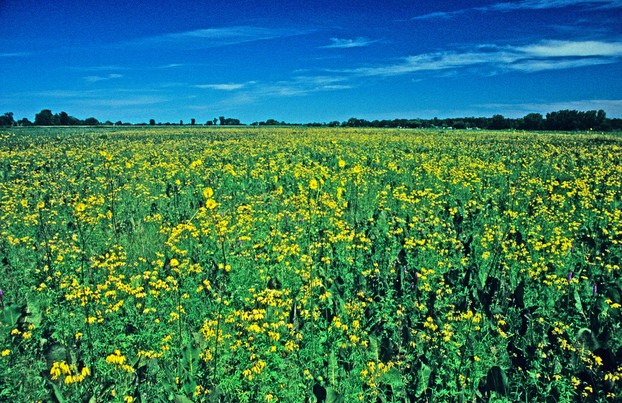
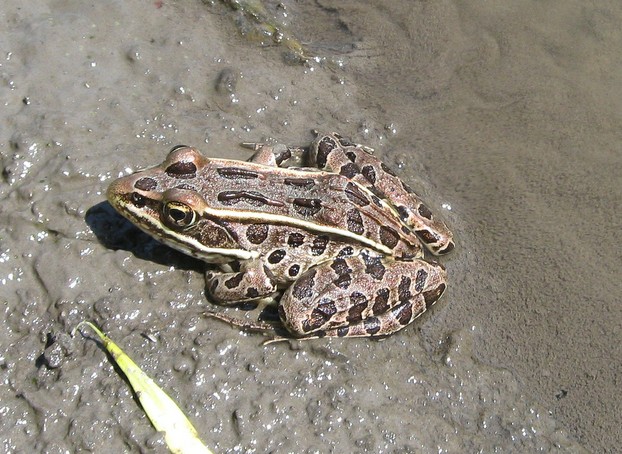
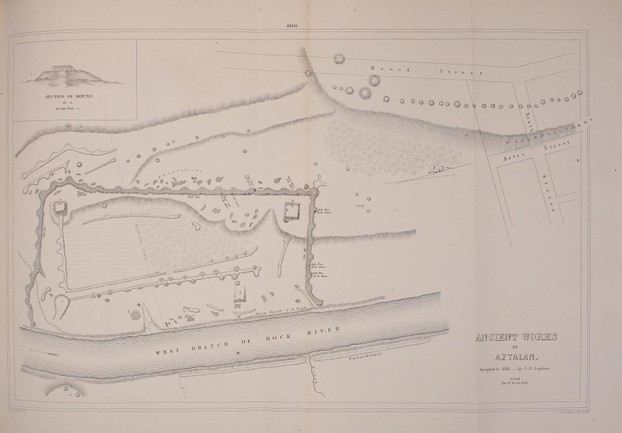
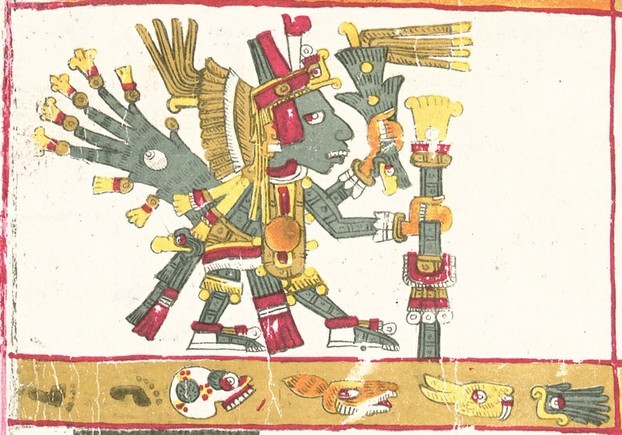
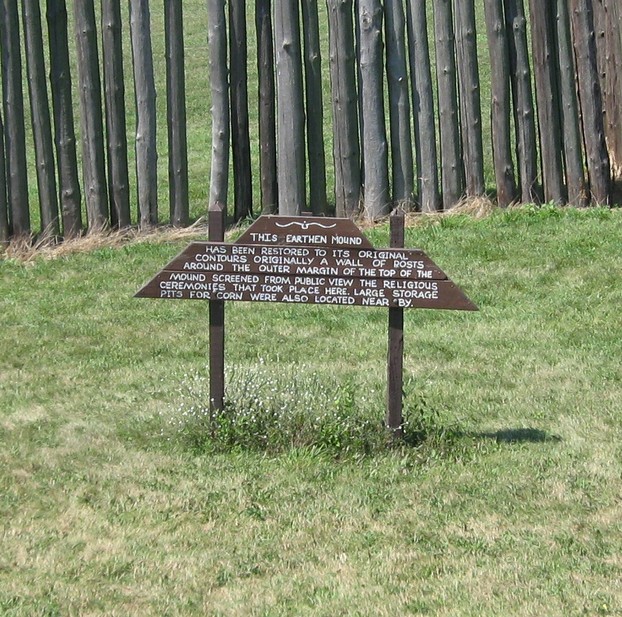
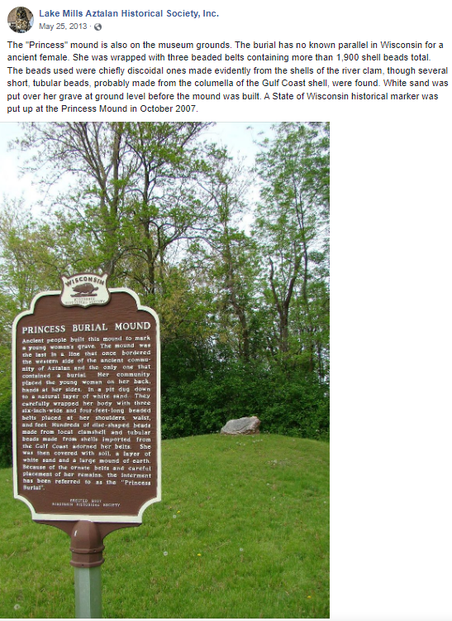
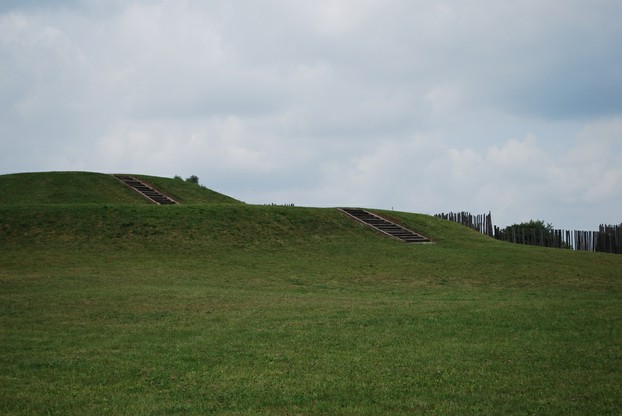
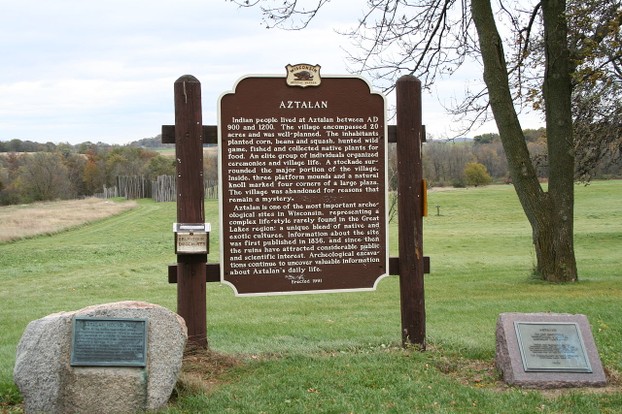
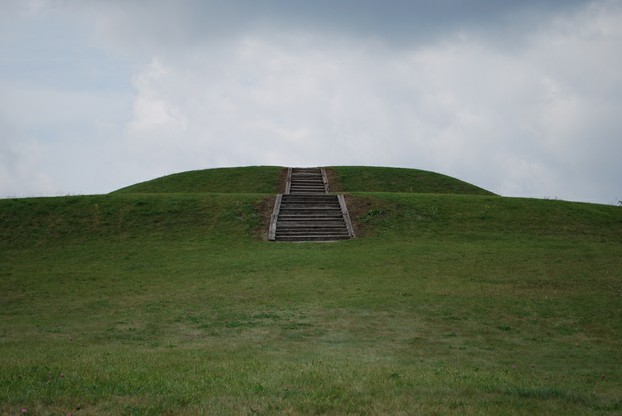
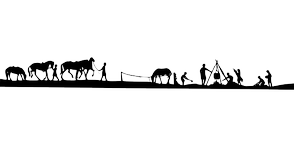


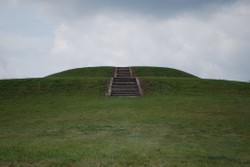

 Are Hawaiian Huakai Po Nightmarchers Avenging Halloween Thursday?on 10/02/2024
Are Hawaiian Huakai Po Nightmarchers Avenging Halloween Thursday?on 10/02/2024
 Mailing Addresses for 2023 Form 4868 Extending 1040 and 1040SR April 15, 2024, Due Dateon 04/15/2024
Mailing Addresses for 2023 Form 4868 Extending 1040 and 1040SR April 15, 2024, Due Dateon 04/15/2024
 Mailing Addresses for 2023 Forms 1040 and 1040SR Filed in 2024on 04/15/2024
Mailing Addresses for 2023 Forms 1040 and 1040SR Filed in 2024on 04/15/2024
 Mailing Addresses for 2022 Form 4868 Extending 1040 and 1040SR April 18, 2023, Due Dateon 04/13/2023
Mailing Addresses for 2022 Form 4868 Extending 1040 and 1040SR April 18, 2023, Due Dateon 04/13/2023

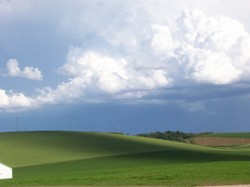
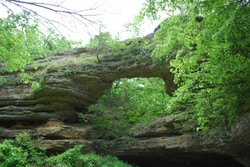
Comments